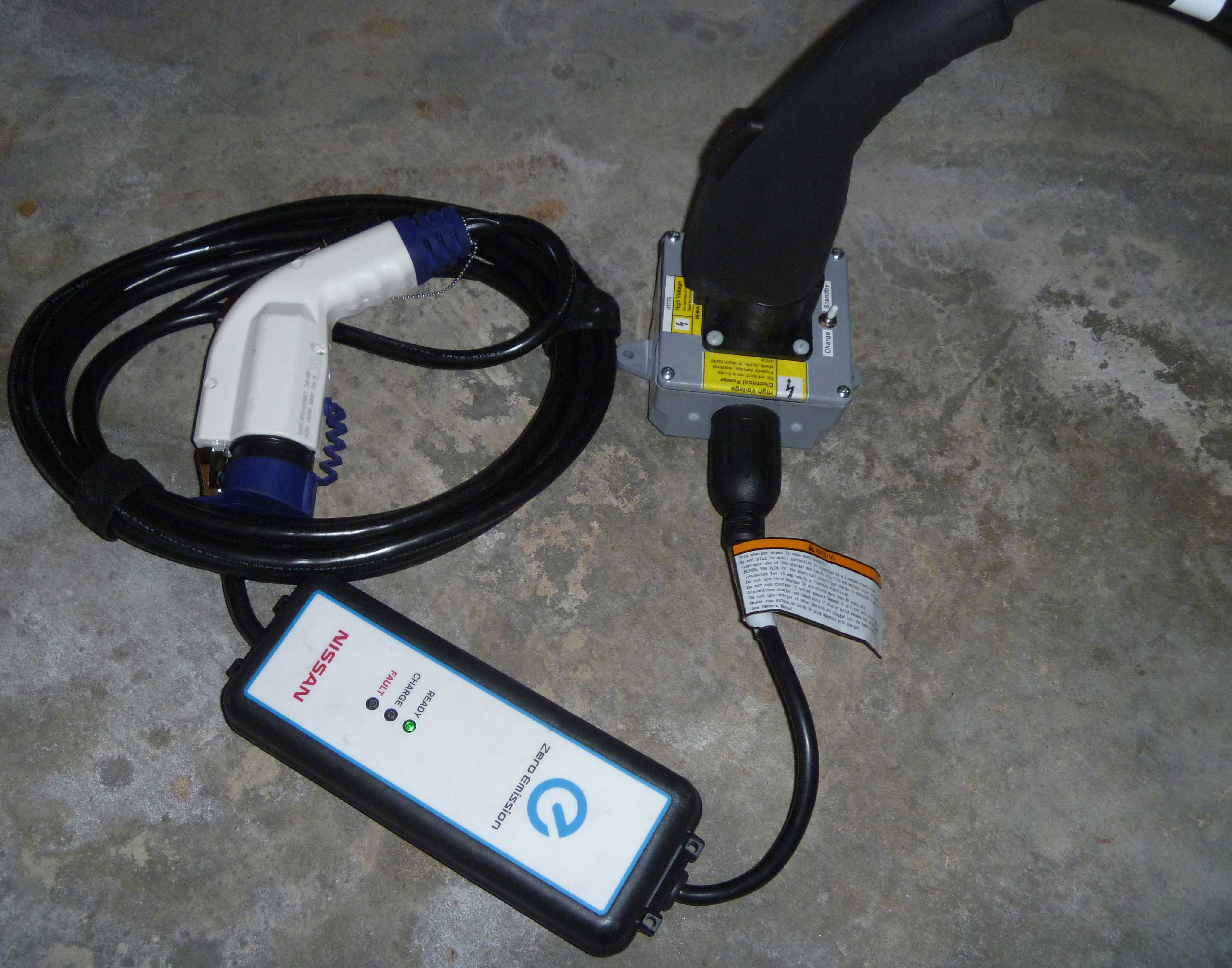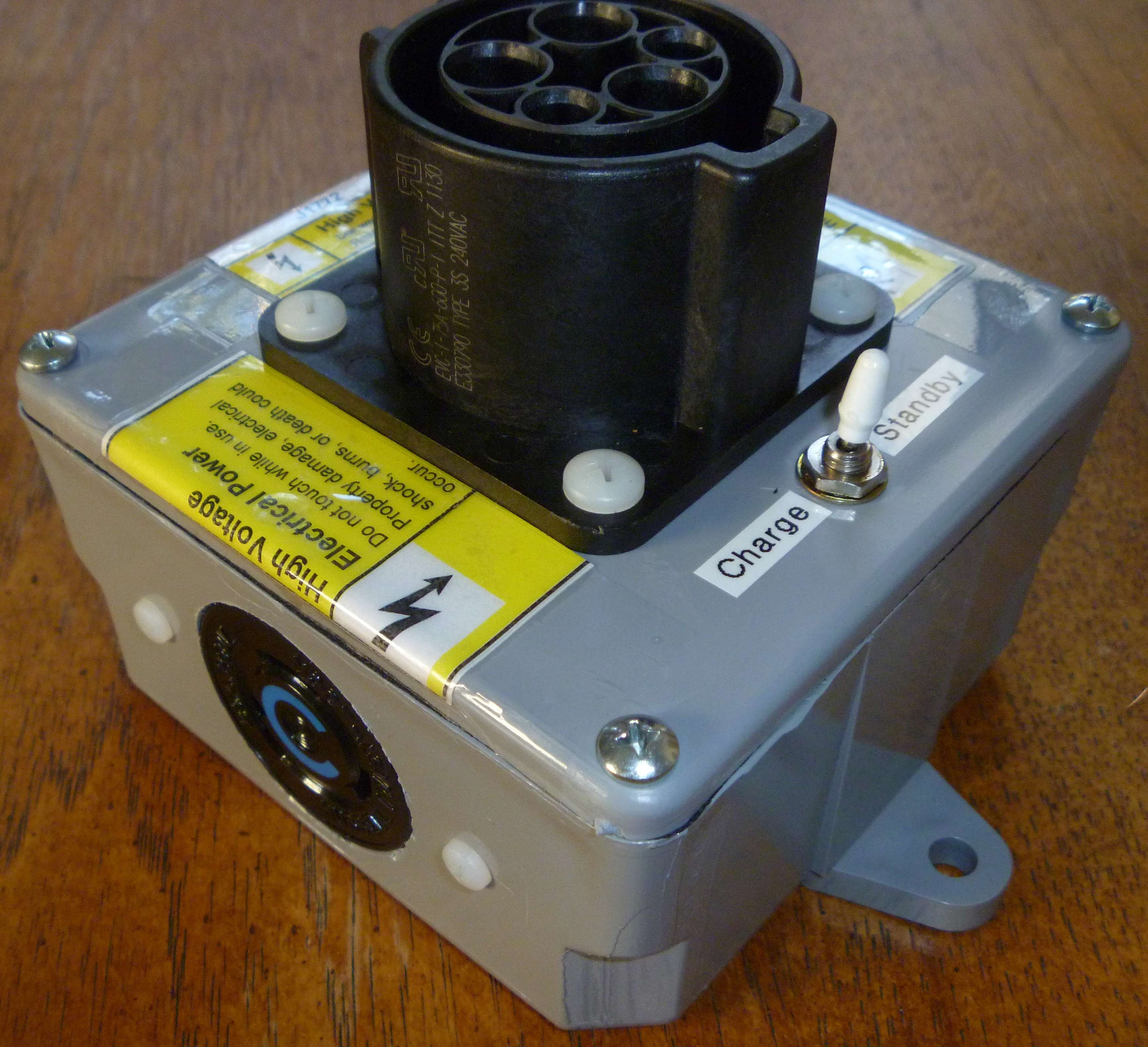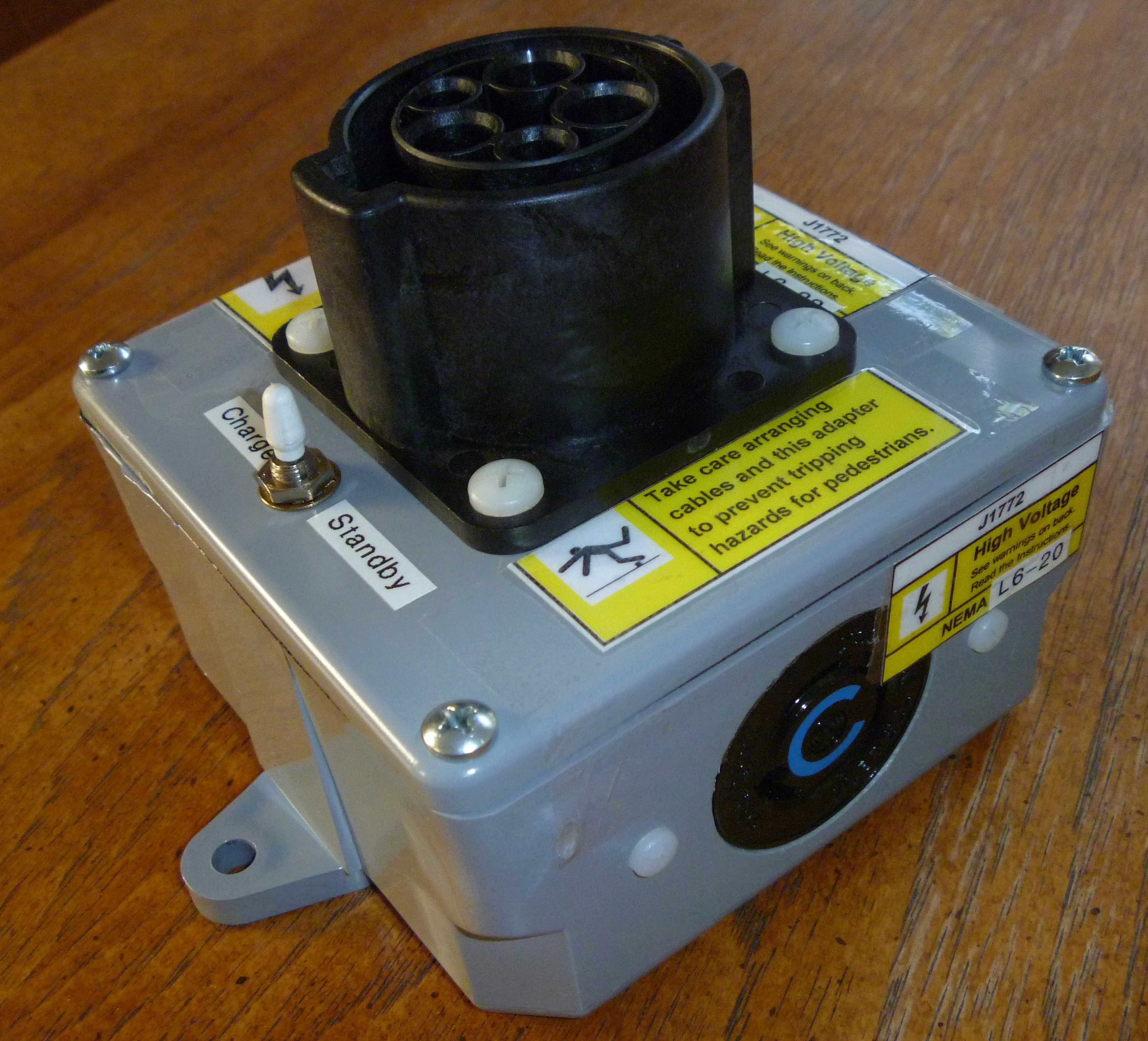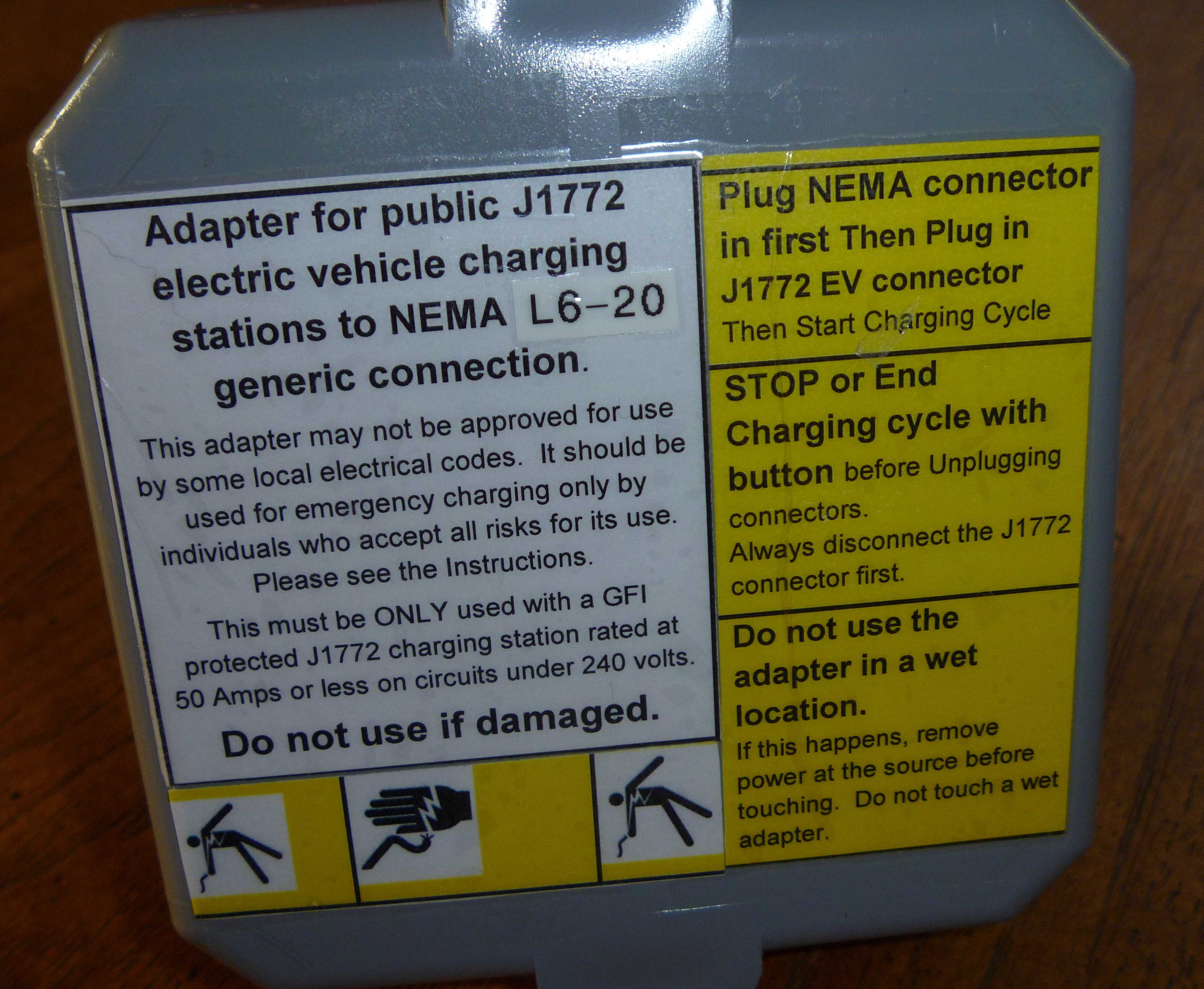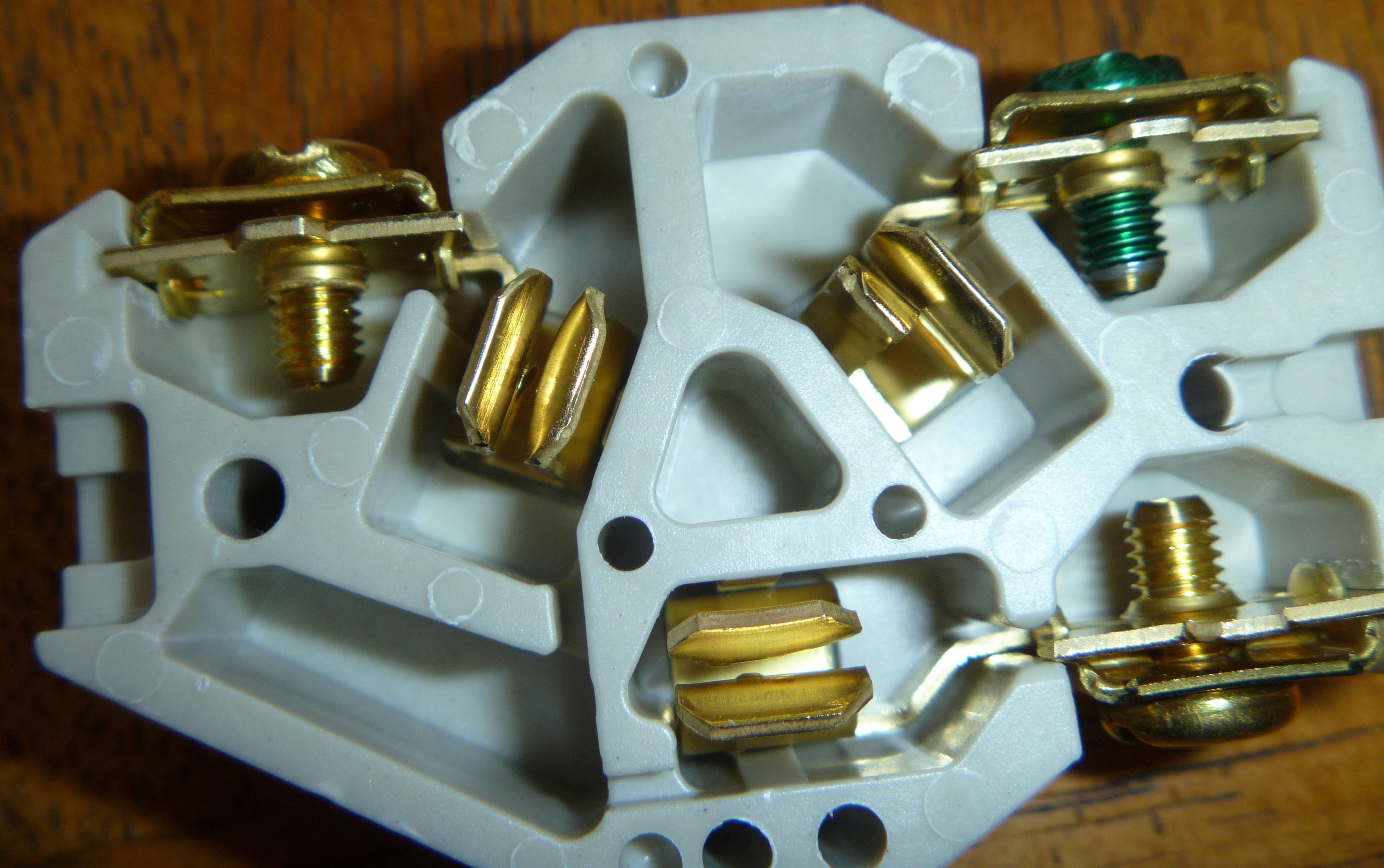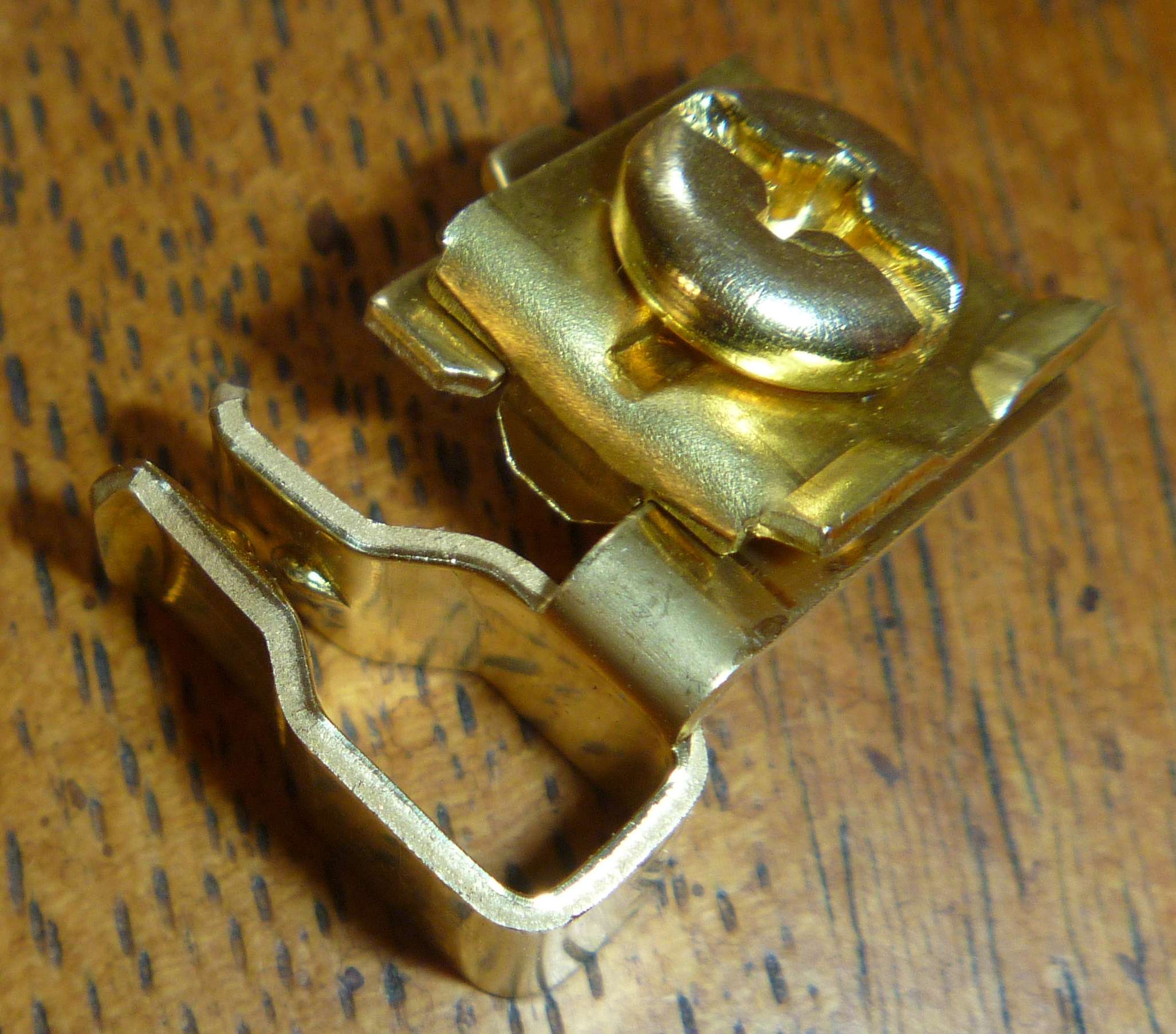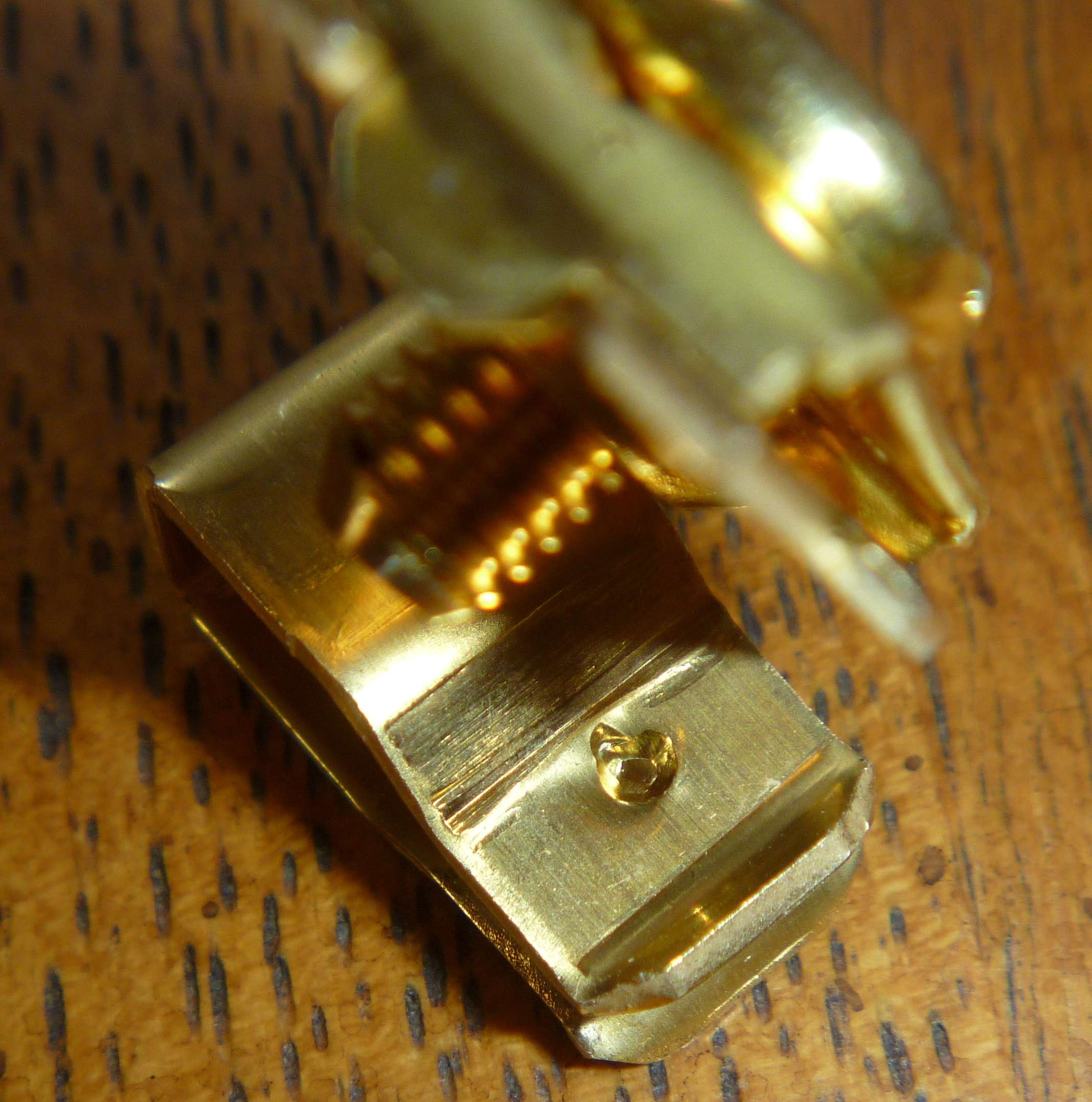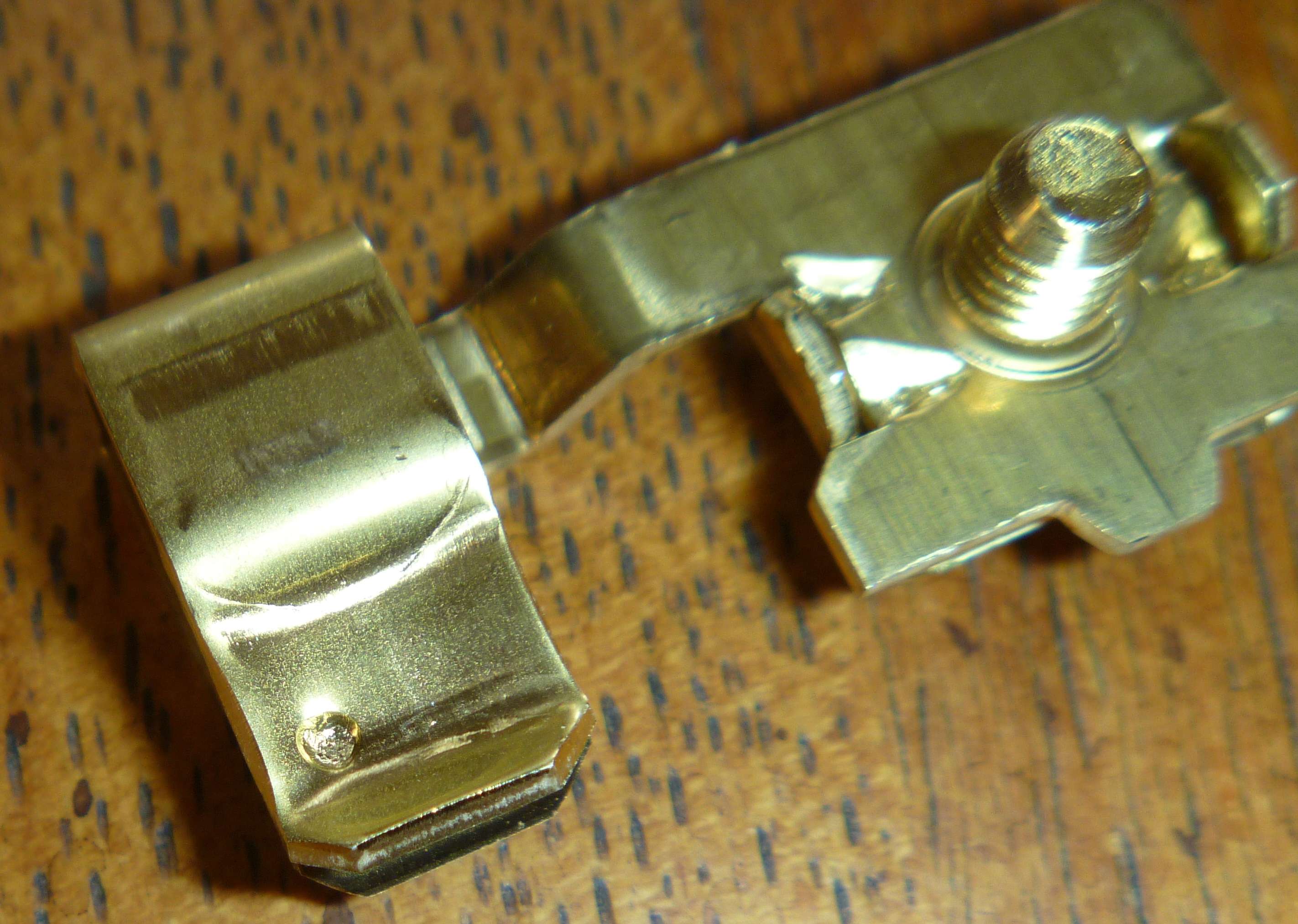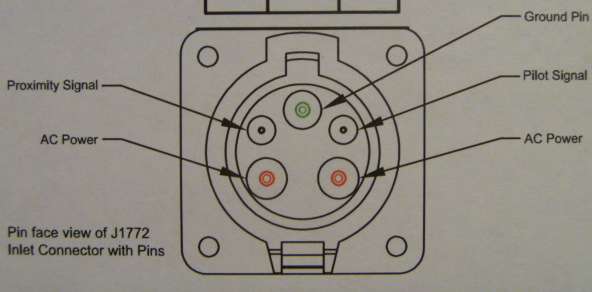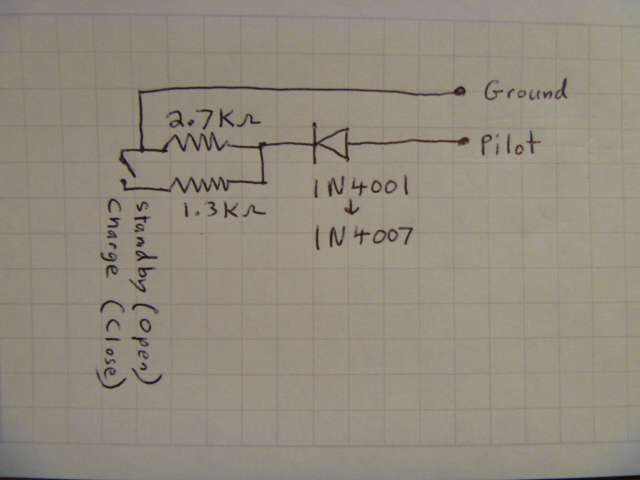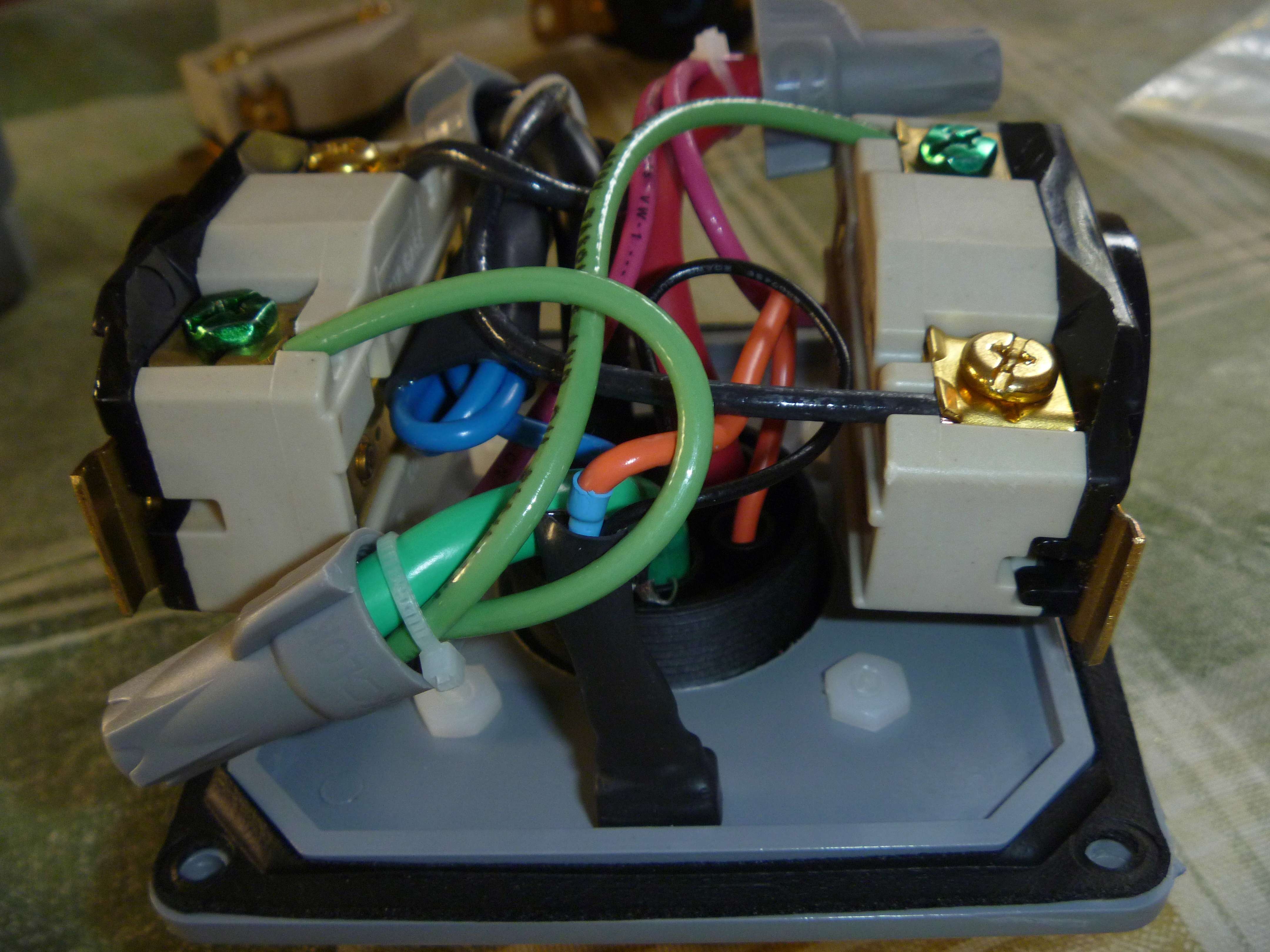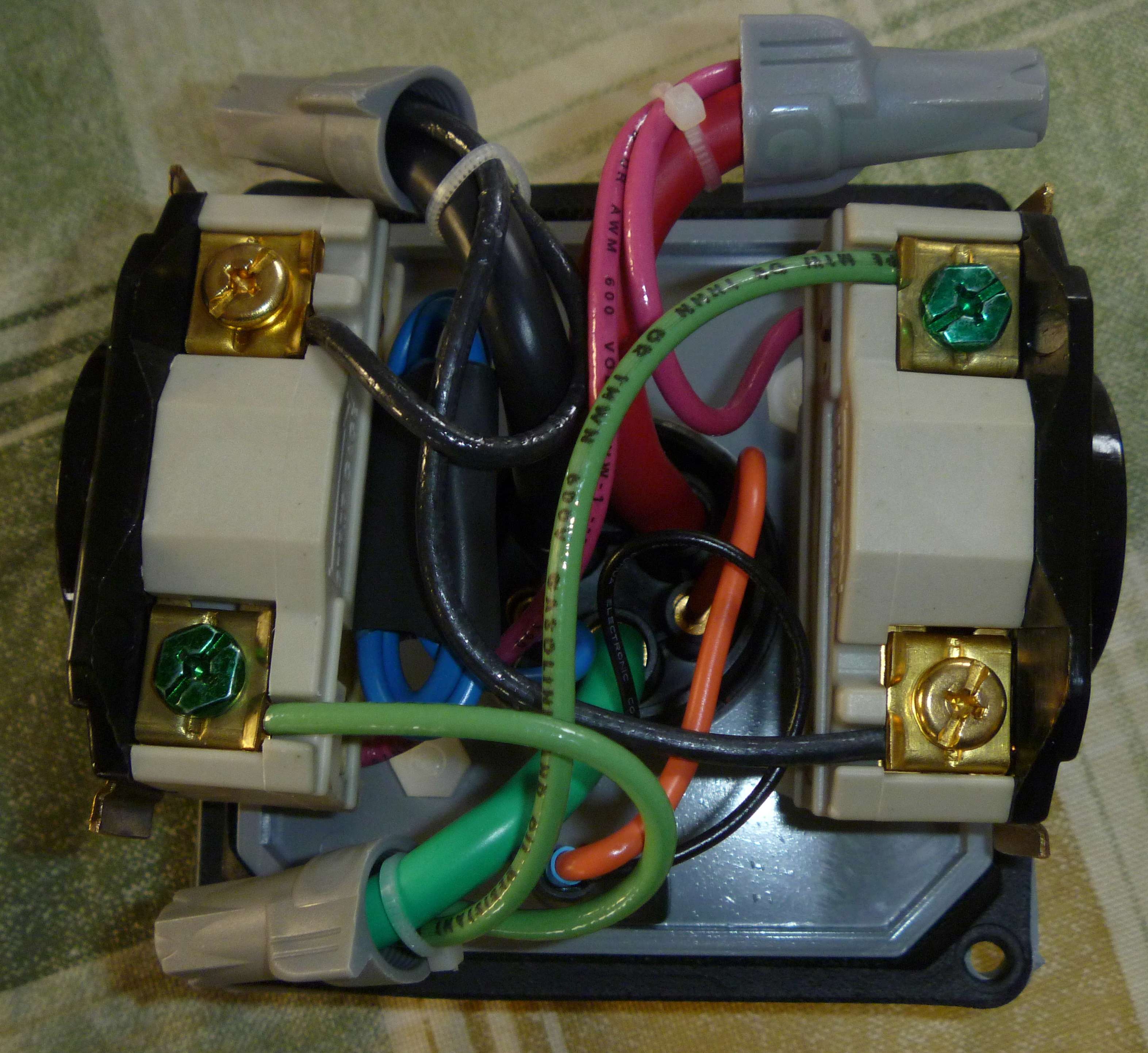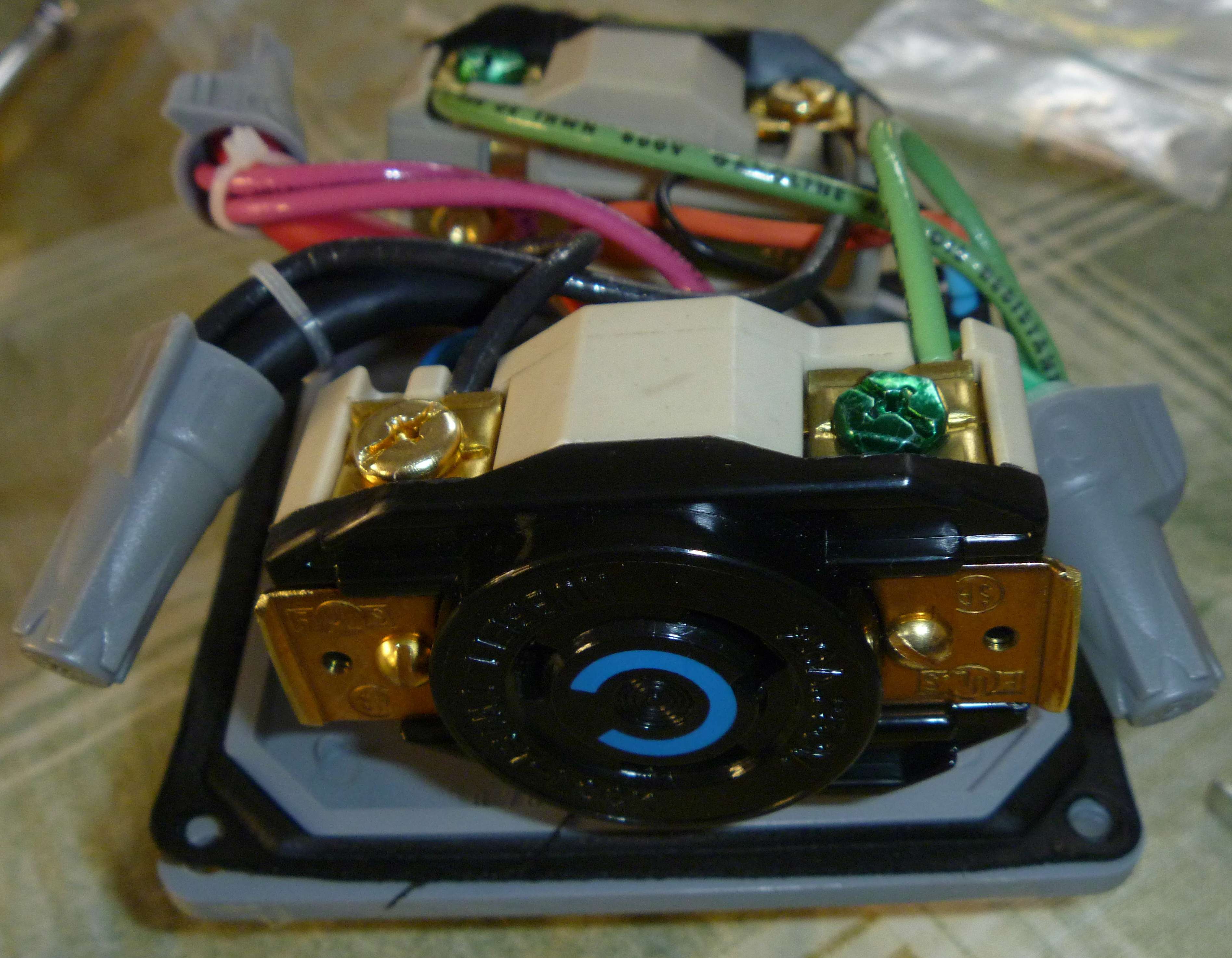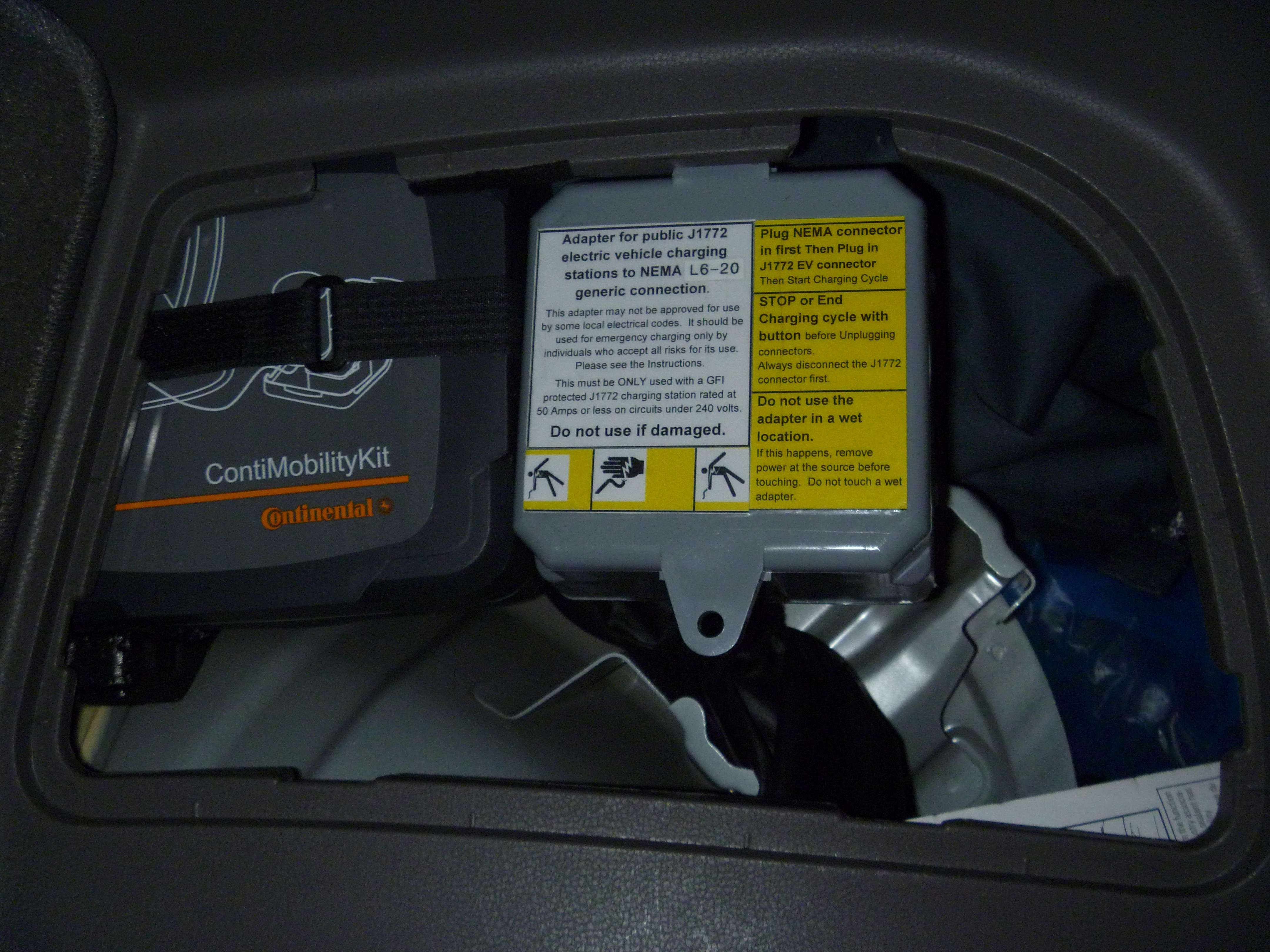First, I do not recommend anyone build one of these. The J1772 inlet can have 240v AC on it and supply up to 75 amps of current. If wired wrong this could kill you, your loved ones or anyone else handling this device if not wire and handled correctly. This amount of power could also start a fire. You have been warned.
Some have asked what parts I used to make this adapter. The key ones were listed in the first post and also where I got them from.
Qty, Description, Source
1- 4"x4"2" Juncition Box - Lowe's Hardware
1- J1772 inlet - modularevpower.com (most expensive part)
x - Warning labels - modularevpower.com (I asked and they were nice enough to include them in the shipment of the J1772)
2- L6-20 Receptacles - Most hardware stores have these. I got mine on ebay. Good price but defective and needed to be fixed (see previous post, they were Hubbell HBL2320 batch code VKJ stamped near screw hole one side)
3- 18-6 AWG Wire Nuts - Ace hardware comes three to a package which is all I needed. Need to be rated for one #6 and two #12 wires.
1- SPST Switch - Fry's, Radio Shack, Hardware store
1- Diode (1N4001-1N4007) - Electronics store. You can use the 1N4001 but I had lots of 1N4007 so I used it. Just higher working voltage so any of these will work.
3- 12 gauge stranded wire, 12" each of Red, Black, Green - Electronics/Hardware store
1 -Resistor 2.7K ohms 1/4w - Electronics store
1- Resistor 1.3K ohms 1/4w - Electronics store
3- Small cable ties - Hardware store
x - Heat shrink tubing - Electronics/Hardware stores
Here is the J1772 pinout. (added per Tony's request)
Here is the diagram of the Pilot termination circuit.
The Ground and Pilot signals come from the J1772 inlet. I used several layers of heat shrink tubing to insulate the Diode, Resistors and Switch.
Here is the completed Pilot logic all in a black wrap. Orange wire is the Pilot and the thin black wire in the background is ground. (Blue wire is unused Proximity Signal)
Here is a top view. Note the cable ties used to hold the three wires together and aligned so the wire nut can be twisted on and it also reduces the chance any wire will come loose and short out. Each wire nut is in a separate corner and when closing the box the three wires are forced into each wire nut.
In this picture of the L6-20 you can see the screws I used to replace the long rivets I drilled out to correct the bad contact problem. Batch code was on the end I cut off to make the receptacle fit the box.
Here is where I store the adapter. I also have a tire repair kit (upper right corner), 25' L6-20 12 guage extension (shiny blue plastic bag at top, extra adapters in blue cloth bag (6-20,6-50,14-30/50/60,CS6365), and multi meter. You can get a lot in there (just added L14-20 & L14-30 adapters and it still all fits in there).
Jim
